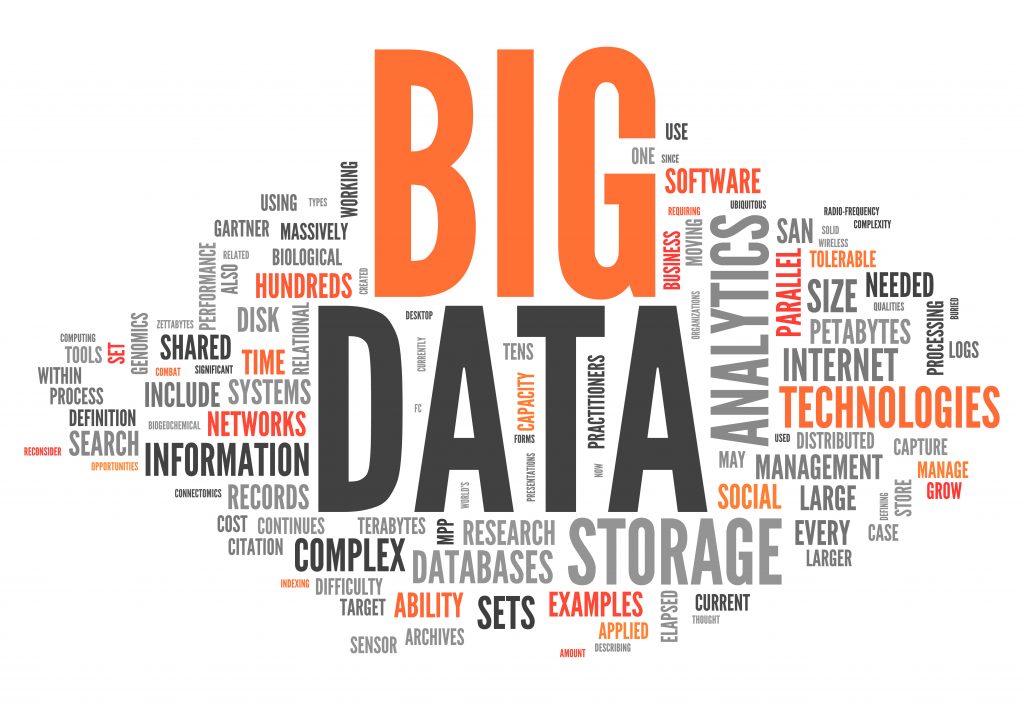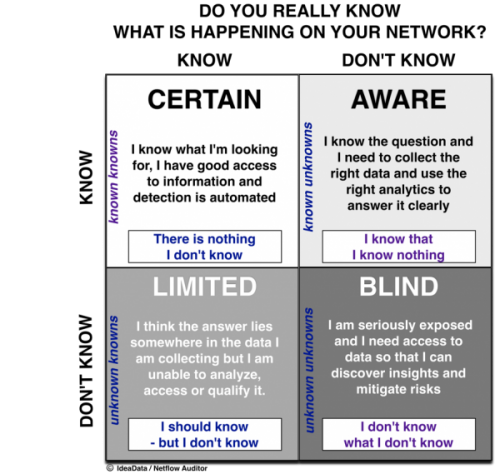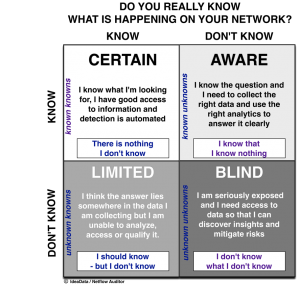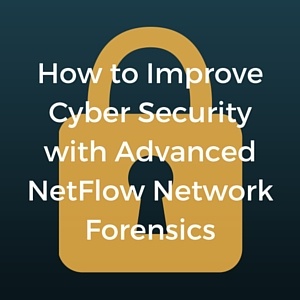
Are you tired of hearing network and cloud analysis vendors claim that they can accurately identify 100% of your threats just by analyzing just a few percent of your network traffic? Let’s be clear – this is a complete myth!
Analyzing only 1% of Network Data or Metadata will not provide a comprehensive view of the entire network and will miss many threats, especially if they occur in the other 99% of unanalyzed traffic. Similarly, only 10% will miss threats occurring in the other 90% of unanalyzed traffic. Even using sampling, normalizing, or AI to compare attack vectors is fundamentally flawed and leaves organizations highly vulnerable to attacks.
Some suggest that analyzing a small percentage of network data can be equivalent to taking a drop of blood to diagnose health issues. However, this analogy oversimplifies the complex nature of networks and their context. The notion implies that a tiny sample of network flows can magically provide insights into the entire network.
A drop of blood provides a lot of valuable health information as it contains a simple and well-understood set of biomarkers that can be analyzed to make a diagnosis. However, analyzing networks is much more complex. A network can have an enormous number of different flows, each with its own unique characteristics and patterns. Multiple attacks or anomalies can occur simultaneously, and are difficult to detect without analyzing a large percentage of the network traffic.
Both sampling and normalizing network collection and analytics lead to the oversight of critical security incidents, leaving organizations vulnerable to attacks. Analyzing just 1% or 10% of network traffic is statistically insufficient to achieve accurate and reliable results. It’s akin to drawing pointless conclusions about an entire population based on a minuscule sample size.
Each network is unique, with distinct traffic patterns and threat landscapes. Comparing data from different networks is like comparing apples and oranges – they are fundamentally different. Normalization techniques introduce errors making it even more challenging to identify potential threats. What may appear as normal traffic for one organization could be a sign of an attack for another, given their individual vulnerabilities and attack patterns.
Claiming to have an ai-driven way that allows you to see what’s happening on a network without actually “looking” at the data is putting organizations at risk. So, let’s just stick to the facts and leave the fairy tales to the children’s books.
Ready to enhance your cybersecurity defenses? Discover how CySight can provide comprehensive network and endpoint visibility, advanced threat detection, and proactive incident response. Download a free trial from our website today to learn more and request a demo. #cybersecurity #ai #ndr #edr












